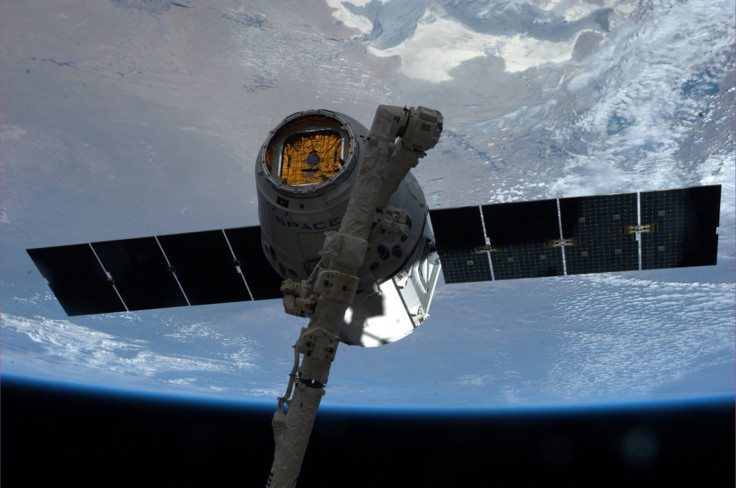HPE's Spaceborne Computer Installed On ISS, Achieves 1 Teraflop Speed

One month ago, the most powerful computer in space was launched. The computer has now recorded a speed in excess one teraflop, which is equivalent to a trillion floating point calculations per second.
It is the first commercial off-shelf computer to run at such high speeds at the International Space Station. Last month, it was reported that the mission, pioneered by NASA and Hewlett Packard Enterprise (HPE) was set to test the computer to check if it runs seamlessly in the harsh conditions of space for one year — roughly the amount of time it will take to travel to Mars.
These computers have to withstand the harsh effects of radiation storms that periodically sweep space outside our atmosphere. The Spaceborne Computer (SBC computer) relies on a software to stabilize the conditions of the throttle system during flight.
The computer was transported with a SpaceX Dragon Capsule designed for cargo. The installation by the crew happened last week, a month after the launch. According to a news release by HPE, the captain of the mission, Mark Fernandez, the Hewlett Packard Center technology officer at HPE and co-principal investigator of the experiment said that, “With much of my team and one of NASA’s main command centers based in Houston, we have all been tied up with the aftermath of Hurricane Harvey. We finally received confirmation that all systems are a go for Thursday, September 14.”
Fernandez also added that the results made him and his team “ecstatic.” The initial results were obtained from a LINPACK operation — a high performance benchmarking software that measures speed by measuring how fast a computer solves a dense system of linear equations. The computer was also tested using High-Performance Conjugate Gradients, which are standards for computers on Earth. These gradients determine the Top 500 rankings for computer systems worldwide.
“We’re ecstatic. This is exactly what they’ve been hoping for. HPE’s Spaceborne Computer is the first high-performance commercial off-the-shelf (COTS) computer system to run one teraFLOP at the International Space Station,” he said.
One trillion calculations per second were achieved on earth by a supercomputer in 1996. Factoring in the difficulties of running a computer under the harsh conditions of space and the distance it is running from Earth, the results are still very impressive.
What this does is pave way for future Super Computers in space. One teraflop is a mere step. The last of the Top 500 on Earth hits 430 teraflops. Scientists will use this as a stepping stone to constantly up processing speeds to ensure better data processing and more efficient missions.
The world record for computer speeds is held by China’s National Supercomputing Center in Wuxi. They have the Sunway TaihuLight supercomputer which is capable of speeds of 93,014-teraflops. The USA makes it to number 4 on the list with the Titan. It was manufactured by the Seattle-based Cray. It is at the Oak Ridge National Laboratory in Tennessee and is capable of a whopping 17,590 teraflops.
Engineers can use this model to constantly try and better processing abilities in space to get richer data back to Earth to aid with research.
© Copyright IBTimes 2024. All rights reserved.











